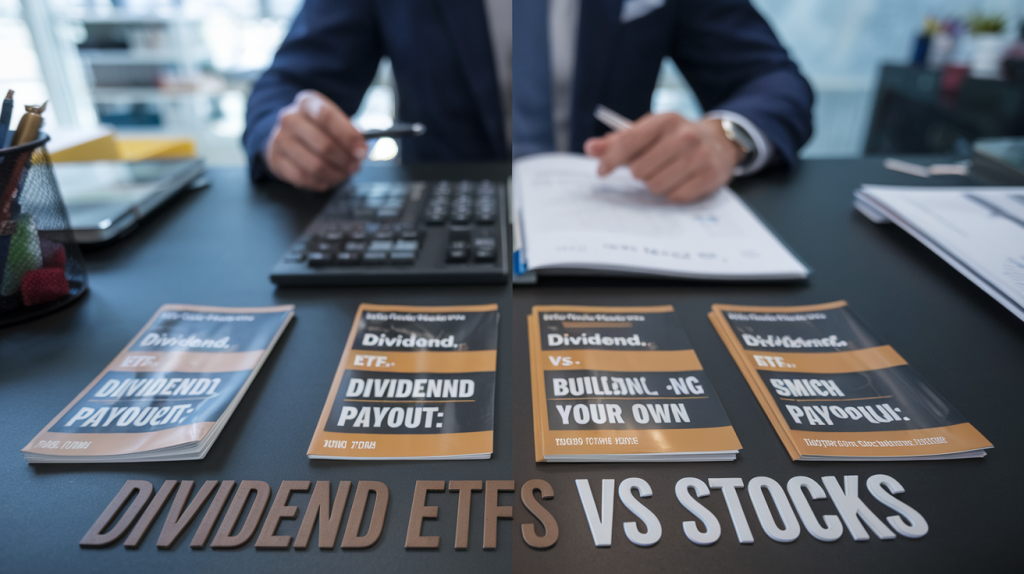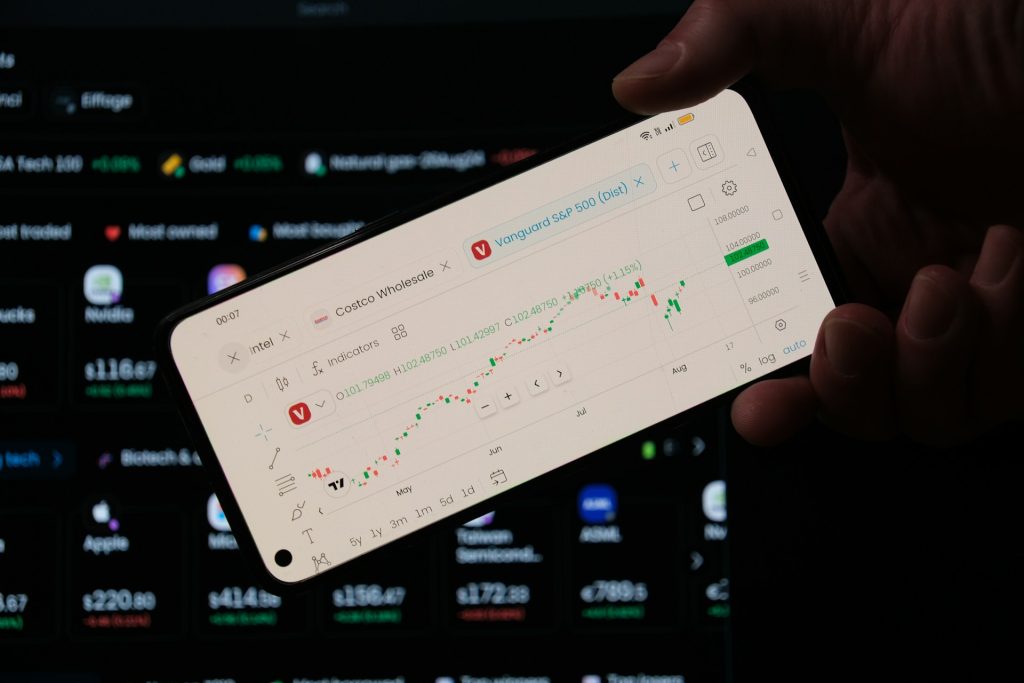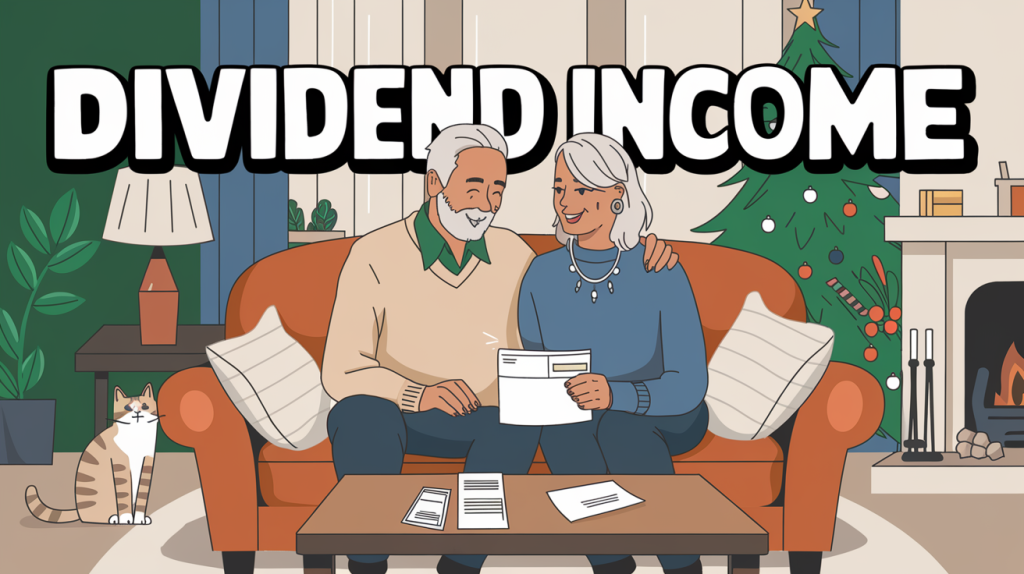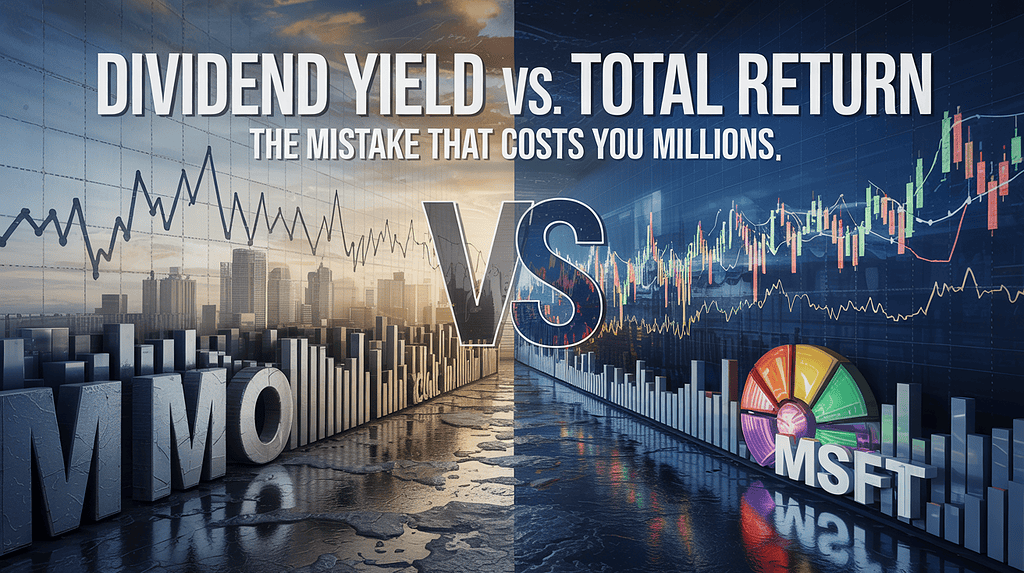
You want consistent, growing income. The kind that frees you from the anxiety of market volatility and makes your wealth feel real. You’ve probably considered dividend ETFs—the set-it-and-forget-it kind of investing that promises instant diversification and ease. But if you’re serious about compounding wealth through dividends, a deeper question remains: Should you build your own portfolio instead?
In this article, you’ll get a direct, no-spin answer. We’ll compare dividend ETFs and custom-built dividend portfolios across the metrics that matter: income reliability, tax efficiency, risk management, and long-term wealth building. This is a decision that affects not just your returns, but the level of control and confidence you feel in your investing process.
Why Dividend ETFs Became So Popular—And Why They Still Work
There’s a reason dividend ETFs have exploded in popularity over the past decade. They offer simplicity, instant diversification, and ease of access.
With one click, you can own a basket of dividend-paying companies that are regularly screened for yield, quality, or dividend growth. Funds like SCHD, VYM, DGRO, and even covered call options-based ETFs like JEPI or QYLD deliver consistent income with minimal effort. You can reinvest the income automatically, and let the ETF manager handle the rebalancing. You are also able to invest in several dividend indexes or concepts such as dividend aristocrats through a single ETF (NOBL). Typically buying all the dividend aristocrats will require taking 60+ positions.
For tax-advantaged accounts like IRAs and 401(k)s, they work extremely well. And for investors early in their journey or nearing retirement, this kind of stability is valuable.
The Trade-Offs: What You Give Up with Dividend ETFs
That ease and diversification come with hidden costs. And once you see them, it’s hard to ignore.
Dividend ETFs often carry structural issues you may not notice right away. Most funds tilt heavily toward large-cap stocks in sectors like financials, utilities, and consumer staples. You end up owning companies with modest growth and limited upside.
You also inherit mediocre companies that simply meet the fund’s screening criteria. There’s no precision. No margin of safety. And no exit plan if the fundamentals deteriorate. Plus, even “low” fees compound over time, reducing your real returns. It is true that some ETFs are better than others, but that is likely because they have more active management, and that means higher fees.
In taxable accounts, things get worse. ETF distributions can trigger tax liabilities you can’t control, and there’s no opportunity for tax-loss harvesting unless you sell the entire ETF.
The Case for Building Your Own Dividend Portfolio
When you build your own portfolio, you’re not limited by screens or sector caps. You can target the highest-quality companies with strong earnings growth, rising dividends, low payout ratios, and sustainable moats.
You control every decision—what to buy, how much to allocate, when to trim, and when to sell. You can optimize for monthly or quarterly income. You can use valuation-based rebalancing to buy low and sell high. And in taxable accounts, you can manage your tax exposure surgically.
The result? More income, better tax efficiency, and higher total return—if you get it right.
This is exactly why I created the Dividend Fortress Portfolio for Founder’s Club members.
It’s a handpicked portfolio of dividend stocks selected using rigorous fundamentals. These are companies with the balance sheet strength to weather recessions, and the pricing power to keep raising dividends through inflationary cycles. We use metrics like Chowder’s Rule, historical payout ratios, and dividend coverage to filter out fragile businesses. Then we apply our capital allocation framework to ensure maximum compounding.
The goal? Build a resilient long-term compounding machine that throws off dependable income while still growing your wealth.
Who Should Use Dividend ETFs?
If you value simplicity, or you’re just getting started, dividend ETFs are a perfectly valid choice.
They’re ideal if you want passive exposure without micromanagement. If your investments are held in a tax-advantaged account, ETFs can offer excellent tax efficiency. And if you’re investing a small amount or still learning, dividend ETFs give you access to a professional strategy without the steep learning curve. For busy investors who want results without the time commitment, ETFs are a smart entry point.
Who Should Build Their Own Dividend Portfolio?
If you have $100,000 or more in investable assets and you’re serious about getting the most from your capital, building your own portfolio makes more sense.
This approach fits investors who enjoy researching businesses and making investment decisions. It’s for those who want to design their own income stream tailored to their lifestyle and cash flow needs. If you’re frustrated by overvalued sectors or low-quality stocks hiding in your ETF holdings, and you understand core investing principles like margin of safety and capital allocation, then this path is for you.
This also allows you to collect dividends and allocate it as you see fit. You may want to reinvest in stocks that are undervalued in your portfolio, instead of reinvesting in the same stock or the entire portfolio (as a dividend ETF would require). This gives you the possibility of earning additional alpha in your portfolio.
A Hybrid Strategy: The Best of Both Worlds
You don’t need to choose one side forever. Many investors start with ETFs and transition into individual stocks as their knowledge and confidence grow.
You might use a dividend ETF like SCHD as a core holding and build around it with high-conviction individual names. Or use ETFs in IRAs and run a custom dividend strategy in your taxable account. You can also reinvest ETF income into your handpicked stocks. That’s the power of flexibility.
Comparison: Dividend ETFs vs. DIY Dividend Portfolio
| Criteria | Dividend ETFs | DIY Dividend Portfolio |
|---|---|---|
| Income Reliability | Generally stable, but dependent on fund strategy and holdings | Can be more consistent with careful stock selection and scheduling |
| Tax Efficiency | Strong in IRAs, less flexible in taxable accounts | Greater control over tax events and harvesting opportunities |
| Risk Management | Diversified but not selective; may carry hidden sector risks | Tailored to risk preferences with precise allocation |
| Long-Term Wealth Building | Simplified compounding through reinvestment | Potentially higher returns with focused strategy and valuation discipline |
Final Thoughts: Align the Strategy with the Investor
There’s no universal best answer. What matters is matching your strategy to your personality, time, and financial goals.
Dividend ETFs offer an easy, effective way to generate income with minimal involvement. A custom dividend portfolio offers more precision, more upside, and greater tax control—if you’re willing to put in the work or follow a system.
And if you’re ready to build your own fortress of cash flow, consider joining the Founder’s Club. The Dividend Fortress Portfolio is already compounding quietly in the background—and it might be exactly what your income strategy needs next.

Shailesh Kumar, MBA is the founder of Astute Investor’s Calculus, where he shares high-conviction small-cap value ideas, stock reports, and investing strategies.
His work has been featured in the New York Times and profiled on Wikipedia. He previously ran Value Stock Guide, one of the earliest value investing platforms online.
Subscribe to the Inner Circle to access premium stock reports and strategy insights.
Featured in:







